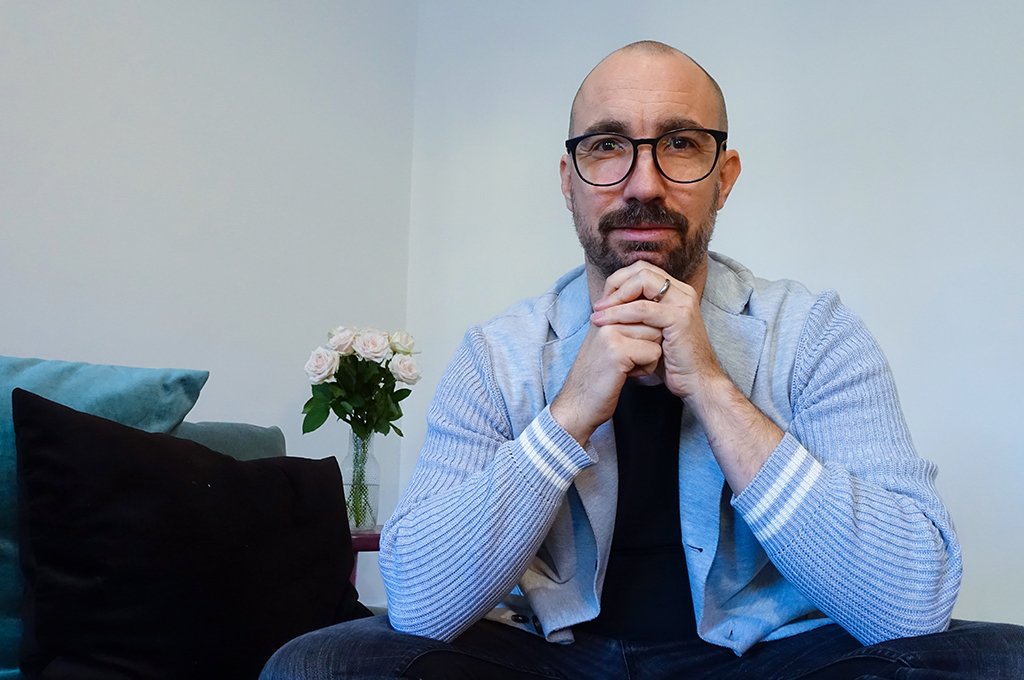Do you know how many items a German household owns today? Approximately 10,000! Around 1870, about 150 years ago, it was only about 180! I haven’t counted mine as I have just had the painful experience of moving to a new apartment. But it is not only the things we possess. It also seems that simplicity decreases more and more in other areas of our lives. Although technological progress promises efficiency and reduced complexity, the opposite is happening. We experience our world as well as our business environments as increasingly fast-paced, confusing, and chaotic.
The Simple Life
Yet across cultures and centuries, the art of living simply has always been a pathway to deeper satisfaction, peace, and purpose. The Simple Life is not about deprivation – it’s about rediscovering what truly matters. In our Western culture, people joining the Minimalistic Movement or the Slow movement have long been fascinated by the idea of less is more. to eat slowly, to work with intention, and to embrace unhurried rhythms. Mindfulness, influenced by Buddhist practice, deepens this approach by teaching presence in every small act: drinking tea, walking, breathing. In Japan, the aesthetic of Wabi-Sabi finds beauty in imperfection and impermanence. A cracked bowl or a faded leaf can be a quiet teacher of acceptance. Taoist philosophy in China speaks of Wu Wei living in effortless harmony with the flow of life. Simplicity, here, is not an act of willpower but of surrender. In Korea, the concept of Jeong emphasizes emotional simplicity: deep, steady connection to others and to nature without the noise of constant striving.
Living simply is not a retreat from life – it’s a return to it. Across cultures, simplicity reveals a universal truth: peace does not come from having more, but from needing less.
Principles for a simple life:
- Clarity – Know what truly matters, say ‘yes’ and ‘no’.
- Awareness – Choose quality over quantity.
- Connection – To self, others, and nature.
- Slowness – Honour natural rhythms.
- Gratitude – See abundance in the small and ordinary.
Reflections for Your Own Life:
- What does simple living mean to me materially, emotionally, spiritually?
- Which possessions, habits, or obligations could I release to create more ease?
- Where can I invite moments of silence and stillness into my day?
- How might I bring simplicity into my work, relationships, and routines?
- What small rituals remind me that less can indeed be more?
Simplicity in Leadership
The same holds true for leadership. I remember well a senior colleague telling me during an educational program 15 years ago: „Julius, leadership has been much easier one or two decades ago – people expected to be treated well, but they basically accepted a top-down leadership style“. Our world has much changed since then, and I am glad that leadership had become more facetted. But the question remains: How can we come back to more simplicity. I believe that the answer lies more in us than in external trends and authorities. Self-empowerment by being connected to ourselves, other people, and the situation is a powerful tool and starting point for more simplicity in our lives and businesses. In today’s high-performance culture, where complexity and speed are often mistaken for progress, simplicity is becoming a profound leadership strategy. Leading, similar to living with clarity, purpose, and presence become the prerequisite for leadership success – for more impact in your organisation and for personal satisfaction and wellbeing.
Principles for Simple Leadership:
- Clarity – Focus on what truly matters for impact.
- Awareness – Lead with intention, not reactivity.
- Connection – Build depth, trust, and presence with others.
- Rhythm – Honour natural cycles of focus and rest.
- Gratitude – Recognize abundance in what is already here.
Reflection Questions:
- What does “simplicity” mean in my leadership or coaching practice?
- Which commitments, meetings, or goals could I release to create more focus?
- How might I design environments, teams, sessions, or strategies, that invite calm and clarity?
- In what ways can I model presence and groundedness for others?
- Where can I cultivate stillness and gratitude in my professional rhythm?
In a world of endless noise, simplicity is not a luxury – it is leadership maturity. The more we strip away the unnecessary, the more space we create for wisdom, creativity, and authentic human connection.
